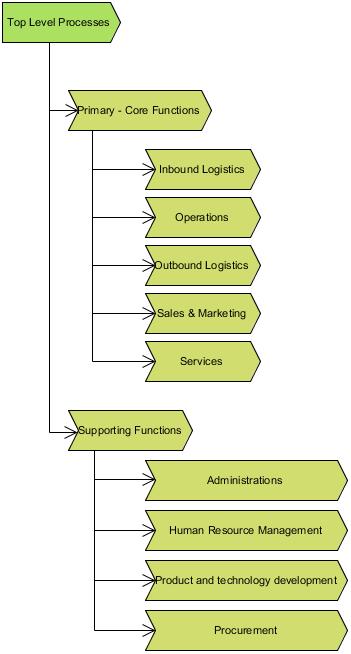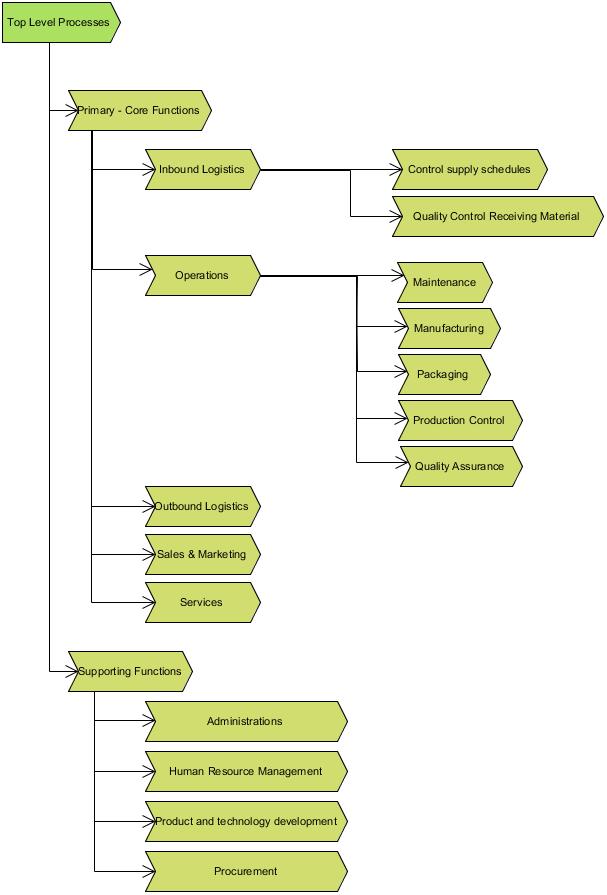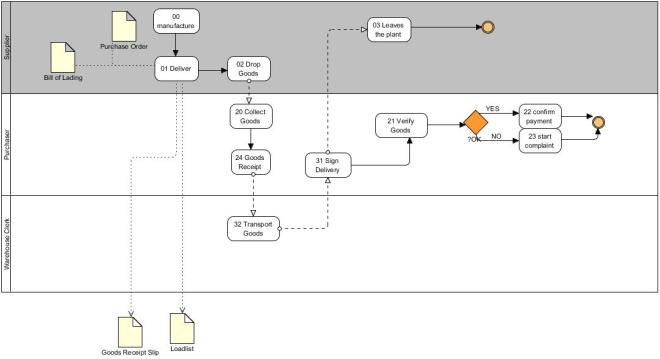Performing an audit to support a transition towards new improved solutions always takes some time and worries project managers.
Using Value Stream Analysis as an auditing approach will bring the difference.
Take as example the following context:
Company ABC is a manufacturer of products and sell it directly to its customers.
Currently ABC owns 5 plants and per plant they have the following departments:
- procurement
- production
- sales
- logistics
- customer services
- human resources
The mission is to evaluate the current way of working, bring on board new requirements and propose improvements.
To do this we need a thorough company survey or a 360° audit to determine the charges and the benefits of all processes, all organizations, all locations, all data/information flows, all infrastructure, all architecture and so on.
Let’s take as an example the process “procurement till delivery of goods”
- All departments have their specific needs:
- Sales: to sell goods they need Finished Materials
- Production: if no stock available Raw Materials must be procured to manufacture
- Maintenance: to maintain installations they need Spare Parts
- Customer Service: to print invoices, lading list they need Office Supplies
- etc …
- For all these kind of demands negotiations with suppliers need to be registered into Purchase Requisitions.
- Once prices & conditions are clarified Purchase Requistion need to be convereted into Purchase Orders. Before submitting the Purchase Orders to the selected suppliers, internally an approval on basis of several criteria (budget, quality, delivery conditions etc) is finalized.
- The department Procurement collects all approved Purchase Orders from all departments and submits them to the selected Suppliers.
- Upon arrival of the goods, there’s a verification between what we’ve ordered and what we’ve received.
- For the reception of raw material we need a quality check before usage for production.
- The non raw materials, spare parts, office suppliers are delivered to a kind of a technical warehouse to be picked up by the original ordering department.
We distinguish 2 important flows:
- materials (physical, from supplier to customer)
- information (financial, loadlist, goods receipt slip, purchase order, bill of lading, invoice …)
Can you imagine the workload to repeat this analysis for each plant for each process?
Time is put into interpretation of different ways of working, using different terminology, using different solutions (spreadsheets, IT-solutions) not being aware of doing things one is not mandated, this is so common for the user.
But if the goal is to explore the current mode of operation and transition to another world customer must become aware how his “world” is running.
There’s a second option to perform the analysis:
Value Stream Analysis enables us to speed up this phase.
If quickly gives you a visual impression how things is working at each location.
We make a combined use of process documentation and deductive analysis.
At top level the following value streams can be distinguished:
- core functions
- supporting functions

For each business process we detail its process structure till we end up with the level of activities.

Next step is to demisty per department of each type of process its activities, as an example we use “Inbound Logistics”. The technique we are using here is called Business Process Diagramming.
Using this diagram we are able to really see what’s happing bottom line:
- WHO is doing / responsible for collecting the goods
horizontal we model all requirement partners, swimlanes - HOW is done a quality check, a goods receipt, confirm the payment of the supplier
in each swimlane we model the activities according their sequence - etc

This kind of flows makes visible all activities needed of a business process, a value stream.
For this application we remark there’s no formal reception of goods, nor a quality check etc, which might result in faulty processing, complaints if quality nor quantity seems to be ok.
On the other hand, drawing these flows also allows you to compare the differences for the same processes at different plants (e.g. comparing North – South …). Any reason why this is done differently ?
Now, one step further is to document each activity at the level of its added value:
- basic essence
| INPUT | WHAT we really need to start with the activity |
| PROCESS | HOW we perform the activity
e.g. create a spreadsheet, register the Purchase Order, setup a Delivery Schedule USING a typical solution: e.g. MS Office, MS Navision, SAP … |
| OUTPUT | WHAT is the outcome of the activity
e.g. a Purchase Order |
2. cost and performance attributes (optional)
| processing time (PT) | |
| lead time (LT) | |
| %complete & accurate | |
| idle time | |
| change over time | |
| wait time | |
| %non_timely | |
| %non_accuracy | |
| %non_productive | |
| %non_efficient | |
| #units_of_pools |
These extra parameters allow us to calculate in depth the real value, the real charges & benefits per activity
Piling up all activities per process determines the total charges of the whole value stream.
Using this kind of analysis technique we deliver much faster a consolidated survey.
The technique is based upon:
- the basics of Porter Value Chain methodology
- the basics of Process Breakdown Structure
- the basics of Cost of Poor Performance / Poor Quality
The outcome of these analysis prepares you much better when implementing a change.
Feel free to contact me for a detailed example.
